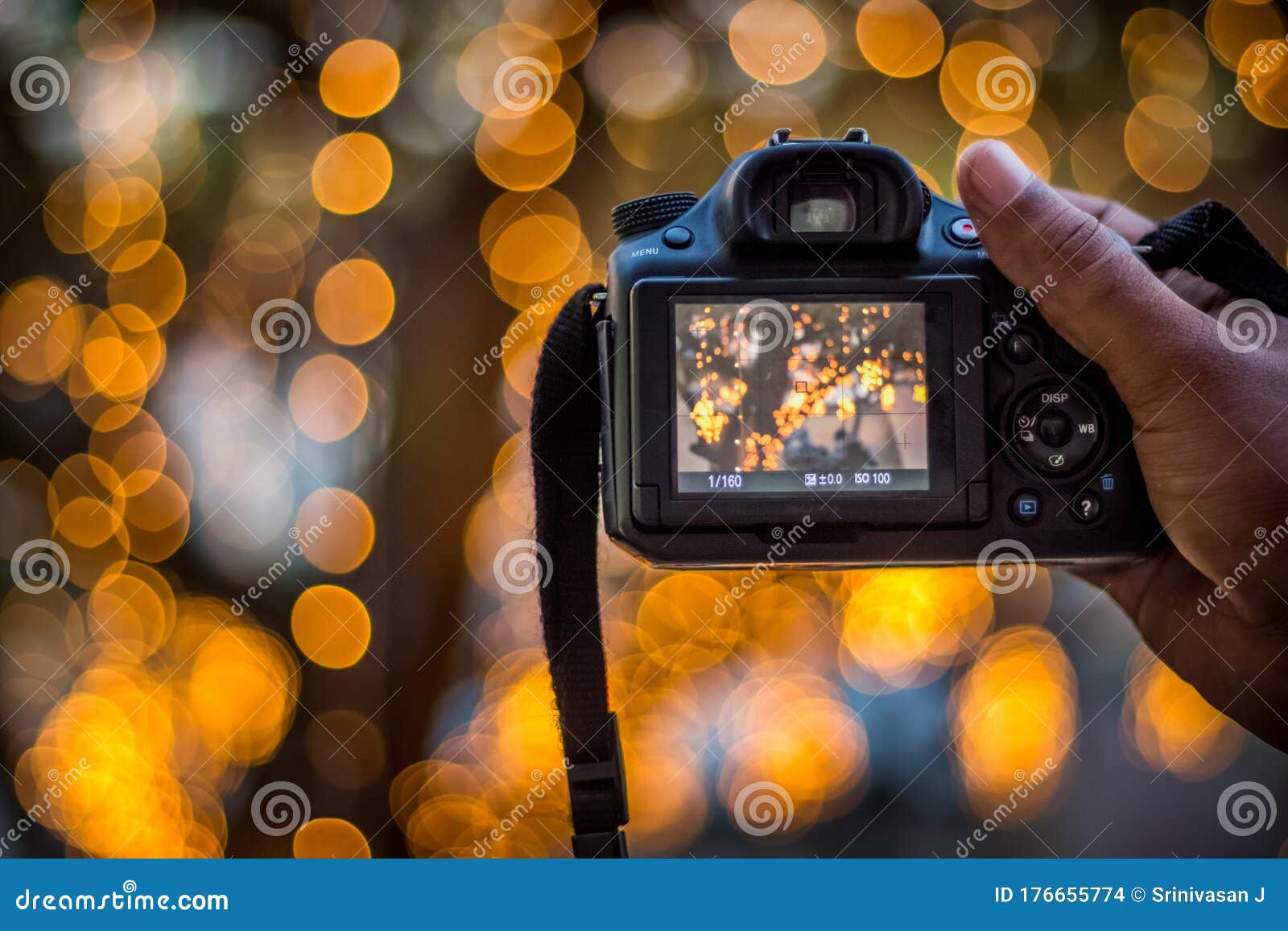

The net result is that bokeh is beautifully smooth, much more so than in Fujifilm’s 23mm f/1.4 lens, but bokeh discs can still have fairly hard edges. For example, when shooting wide-open at f/1.2, the exposure value equates to using an aperture of f/1.7. A drawback of the apodization filter is that it reduces the transmission of light through the lens. The aim is to give so-called bokeh discs from defocused lights and bright points a softer edge and make them less obtrusive. The internal filter has a radial, graduated neutral density, which becomes darker towards the edges of the frame.

Aiming to solve the problem, this lens not only has a super-fast f/1.2 aperture rating but also adds an ‘apodization filter’, which is lacking in the more basic edition of the XF56mm. However, because depth of field is more dependent on ‘actual’ rather than ‘effective’ focal length, you can still struggle to get really smooth bokeh. Tailor-made for Fujifilm’s APS-C format X-mount camera bodies, this lens has an effective focal length of 84mm in full-frame terms, thanks to the 1.5x crop factor. Despite the price, its overall performance and image quality make this lens worth the money. The overall quality of bokeh is absolutely fabulous, making the most of the super-fast f/1.2 aperture rating, and it remains terrific when stopping down a little. The BR optics do a great job of minimizing axial or ‘bokeh fringing’, virtually eliminating coloured fringes around outlines of objects in front of and behind the point of focus. A ‘DS’ version of the lens is also available, featuring a Defocus Smoothing Coating, not that it really needs it. The overall construction feels particularly robust, complete with weather-seals and fluorine coatings on the front and rear elements. The premium glass includes aspherical and UD (Ultra-low Dispersion) elements, along with high-tech Air Sphere Coating and BR (Blue spectrum Refractive) optics. All in all, it’s our top choice for Canon and Nikon SLRs, as well as for Panasonic full-frame mirrorless cameras.Ĭanon seems on a mission to compensate for the relatively slimline, lightweight bodies of its new mirrorless full-frame cameras by launching big, heavy lenses! This 85mm f/1.2 is a prime example in every way, and its price tag is pretty massive as well. It’s undeniably big and hefty but its image quality is fabulous. The quality is also maintained very well when stopping down. That’s not really an issue with this lens, which delivers super-smooth, high-quality bokeh. We’ve seen a slight onion ring effect in the bokeh of some Sigma lenses, appearing as concentric circles with feint lines within bokeh discs of defocused lights and bright spots.
CAMERA BOKEH MANUAL
Autofocus is courtesy of a conventional ring-type ultrasonic system with the usual full-time manual override. The up-market build includes an aspherical element and two SLD (Special Low Dispersion) elements, in an optical path that comprises 14 elements in total. Ideal for a wide-range of cameras, this full-frame compatible lens is available in Canon EF, Nikon F, Sony E and Leica L mount options, the last of these making it eminently suitable for Panasonic’s new S-series bodies. Even so, despite having a less outsized aperture rating, the Sigma is still physically slightly longer than the Canon and nearly as heavy, weighing in at 1,130g. We’ve always considered this Sigma to be abnormally large and weighty for an 85mm f/1.4 lens, but that was before the Canon RF 85mm f/1.2 burst onto the scene.


 0 kommentar(er)
0 kommentar(er)
